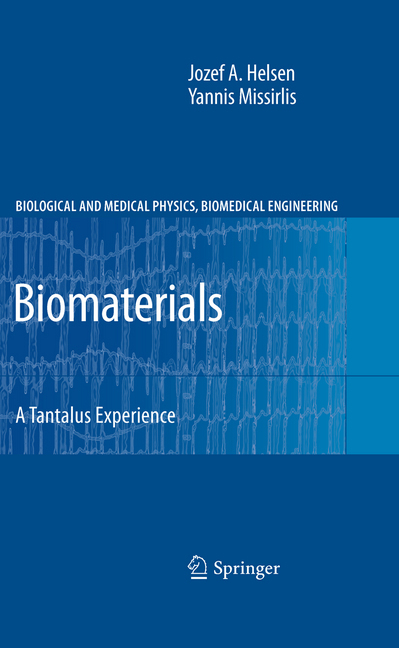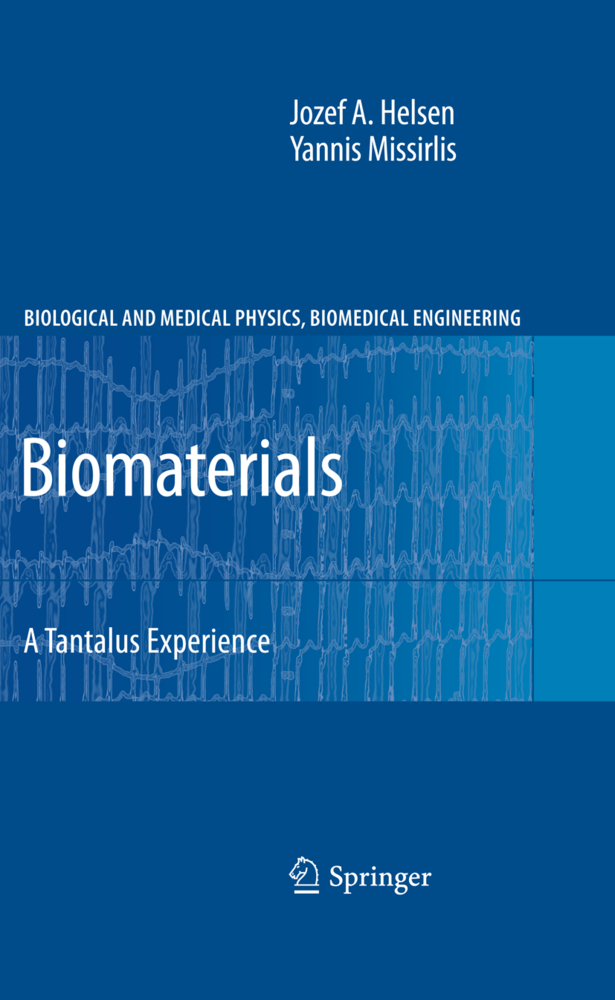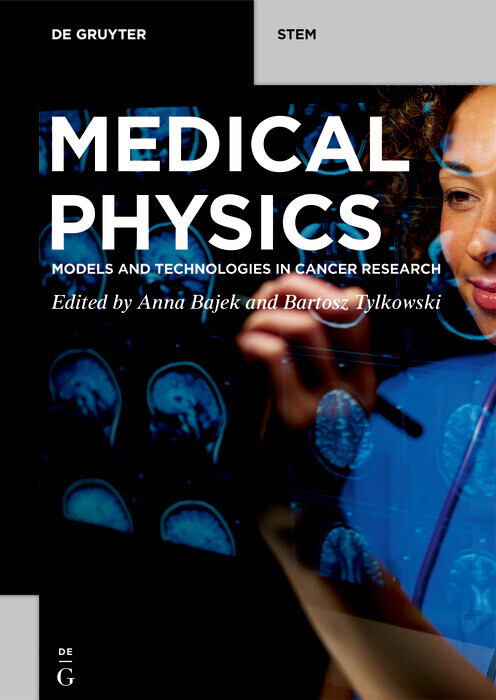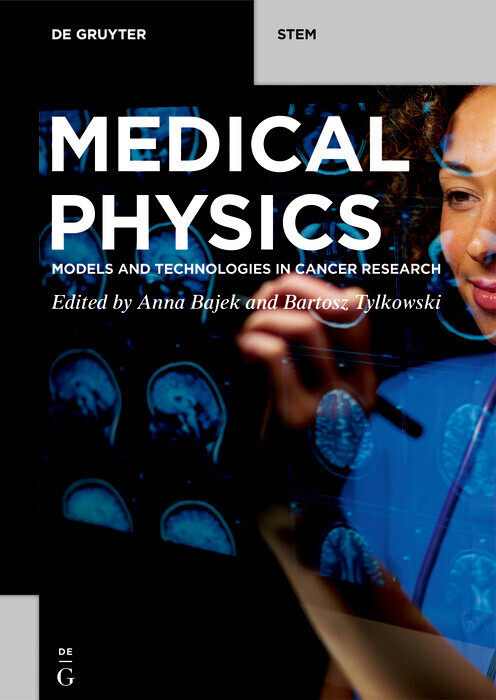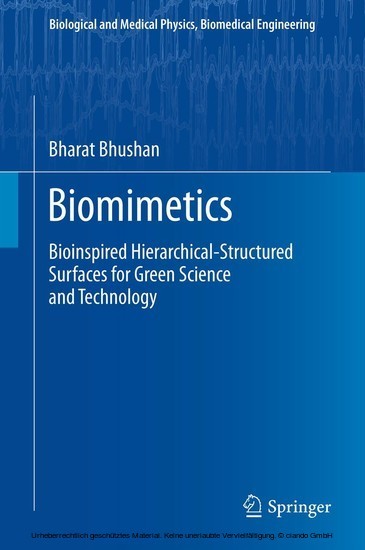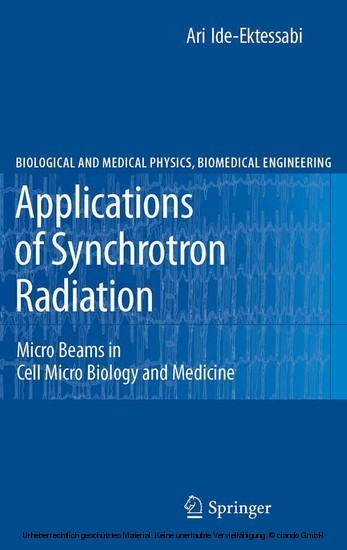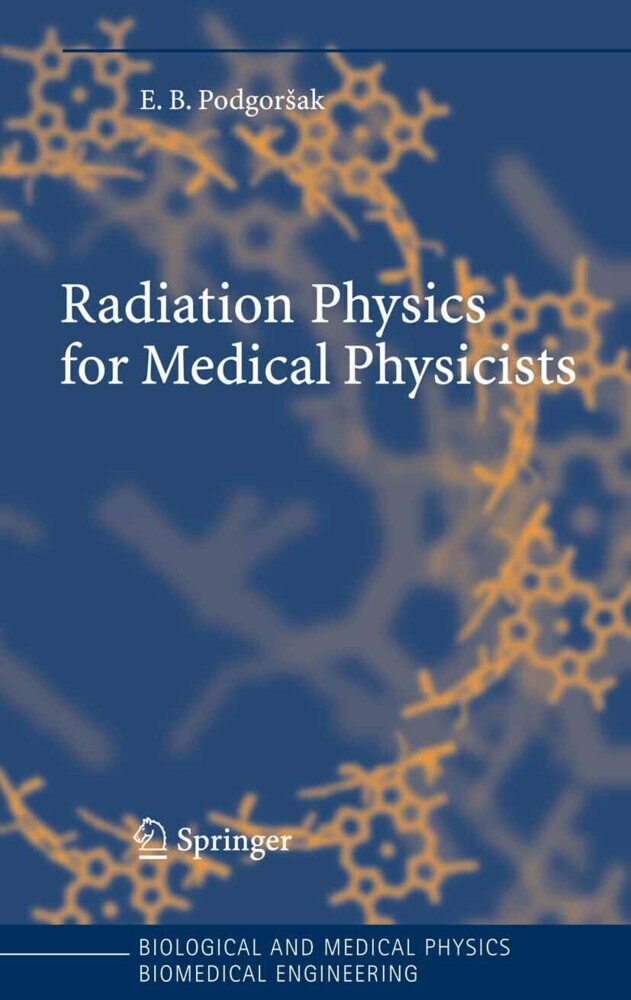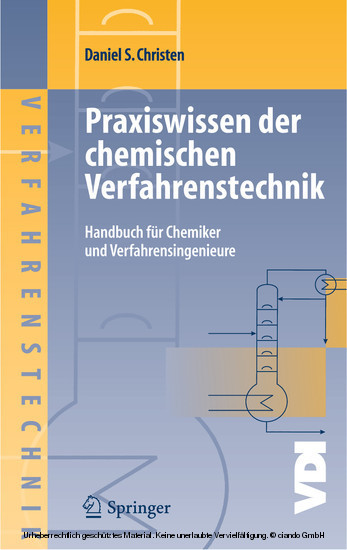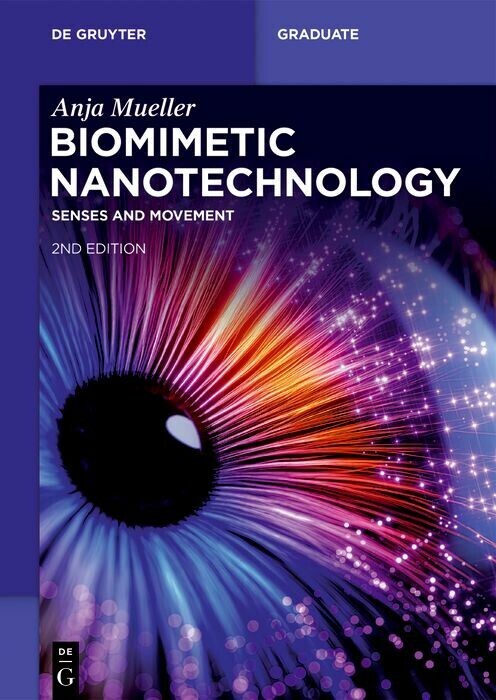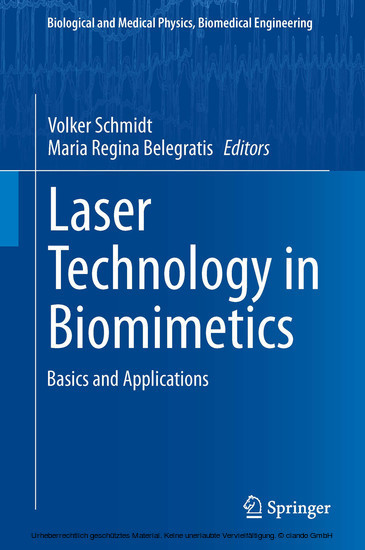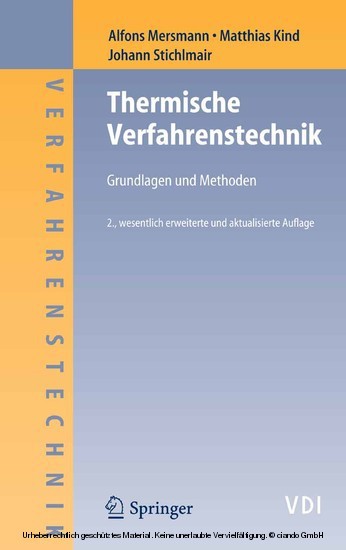Biomaterials
A Tantalus Experience
Implantology is an interdisciplinary field of basic and applied research of growing importance. It is undoubtedly contributing to the improvement of the quality of life. The first part of this book is an introduction to the field: design, materials selection and testing, and implant testing are introduced with the help of a description of exemplary well functioning protheses. The examples deal with design parameters and all generic classes of materials (metals, ceramics, polymers and combinations) and their properties, such as degradation, toxicity. Design parameters are deduced from a description of the function of the organ to be supported or replaced. The second part of the book is devoted to a current evolution in the field: tissue engineering. Regeneration of a deficient organ is an obvious and ultimate goal of medicine. This is advanced and applied in a few cases but the booming research activity in the field justifies to expect spectacular achievements in the next two decades.
1;Foreword;62;Preface;83;Contents;144;Chapter 1:The Perfect Human Machine;184.1;1.1 Biomaterials: Philosophical Background;184.2;1.2 Staying Alive Despite the Second Law;214.3;1.3 Scaling of Plants and Animals;214.4;1.4 Definitions;295;Chapter 2:The Failing Human Machine;365.1;2.1 A Total Hip Replacement;365.2;2.2 Strength and Response to Load;425.2.1;2.2.1 Stainless Steel;445.2.2;2.2.2 Cobalt-Chrome alloys;475.2.3;2.2.3 Titanium Alloys;495.3;2.3 Skeletal Tissue;545.3.1;2.3.1 Cartilage;555.4;2.4 Total Hip Replacement Register;625.5;2.5 Homage to a Pioneer: Sir John Charnley;666;Chapter 3:Corrosion;686.1;3.1 It Should not Have Happened;686.2;3.2 Water Does not Flow Uphill;706.2.1;3.2.1 Electrochemical Series;726.2.2;3.2.2 Pourbaix Diagram;736.2.3;3.2.3 Corrosion Rate;756.2.3.1;3.2.3.1 Anodic and Cathodic Currents;776.2.4;3.2.4 Styles in Corrosion;796.3;3.3 Does It All Fit the Practice of Implants?;856.4;3.4 A Conclusion;867;Chapter 4:Intoxicated by Implants?;887.1;4.1 Trace and Essential Trace Elements;897.2;4.2 Toxicity;907.2.1;4.2.1 Complex Formation;917.2.2;4.2.2 Metallothionein;927.2.3;4.2.3 Multiple Interactions;937.3;4.3 Immunotoxicology;967.4;4.4 Gulliver and the Lilliputians;987.5;4.5 Sensitivity to Metal Implants;1027.5.1;4.5.1 Stainless Steels;1037.5.2;4.5.2 Cobalt-Chromium Alloys;1057.5.3;4.5.3 Titanium Alloys;1087.6;4.6 Wear Debris;1117.7;4.7 And the Answer Is?;1127.8;4.8 Postscriptum;1138;Chapter 5:Zirconium and Other Newcomers;1158.1;5.1 Excellent But Just not Enough?;1158.2;5.2 Zirconium, a Newcomer?;1178.3;5.3 Tantalum and Niobium;1258.4;5.4 Alloys with a Future?;1348.5;5.5 Postscript;1369;Chapter 6:Long Bones;1379.1;6.1 Plaster of Paris;1379.2;6.2 Corollary Between Mineral and Biological Evolution: An Excursion in the Dark Ages;1389.3;6.3 Thermoplastic Polymers;1419.4;6.4 External Fixators;1419.5;6.5 Exploring the Future;1459.6;6.6 Osteosynthesis;1499.7;6.7 G.A. Ilizarov;15110;Chapter 7:Layer by Layer;15310.1;7.1 Computer-Aided Design;15310.2;7.2 Electron Beam Melting;15510.3;7.3 Selective Laser Melting of Metal Powder;15810.4;7.4 Stereolithography of Polymers;16010.5;7.5 Characterization of Porous Structures;16310.6;7.6 Conclusion;16411;Chapter 8:Metal Implants Bound to Disappear;16611.1;8.1 Soluble Metals?;16711.2;8.2 Prospecting for the Best;17111.3;8.3 Hope?;17211.4;8.4 Mg Foams;17511.5;8.5 In Vitro and In Vivo;17611.6;8.6 Conclusion;17712;Chapter 9:A 7,000 Year Old Story: Ceramics;17912.1;9.1 Greek Pottery, a Useful Intermezzo?;17912.2;9.2 Ceramics, Impossible to Define?;18112.3;9.3 Ceramics;18212.3.1;9.3.1 High Performance;18212.3.2;9.3.2 Low Performance;19612.4;9.4 Glass and Glass-Ceramics;19612.4.1;9.4.1 Bioactive Glasses;19712.4.2;9.4.2 Glass-Ceramics;19912.5;9.5 Coatings;20012.6;9.6 General Conclusion;20213;Chapter 10:Dental Materials;20513.1;10.1 Difficulties to ``Bridge';20613.2;10.2 Amalgam;20713.3;10.3 Composite Alternatives;21013.3.1;10.3.1 Adhesives;21313.3.2;10.3.2 Restorative Composites;21713.4;10.4 Orthodontics;21913.5;10.5 Implants;22513.6;10.6 Ceramics;22513.7;10.7 Calcium Phosphates;22713.8;10.8 Postscript;23114;Chapter 11:The Perfect Prosthesis?;23314.1;11.1 The Isoelastic Prosthesis;23314.2;11.2 Polymers for Implants;23514.3;11.3 Why Is a Polymer Like PMMA Transparent to Visible Light?;24314.4;11.4 Polyethyleneterephtalate;24414.5;11.5 Polyamide;24514.6;11.6 Was the Isoelastic Concept a Good Idea?;24514.7;11.7 Heraclitus, 2500 Years Old and Still Alive;24714.8;11.8 We Shall Overcome...Do We?;24914.9;11.9 Thermoplastic Elastomers;25214.9.1;11.9.1 Polyurethane;25214.9.2;11.9.2 Thermoplastic Polyolefins;25214.10;11.10 Conclusion;25615;Chapter 12:Heart Valve Substitutes;25715.1;12.1 Introduction: Valve Explants;25715.2;12.2 The Natural Heart Valves;25815.2.1;12.2.1 The Aortic Valve;25915.2.2;12.2.2 Aortic Valve Substitutes;26115.3;12.3 Soft Tissue Biomechanics;26815.4;12.4 Blood-Ma
Helsen, Jozef A.
Missirlis, Yannis
| ISBN | 9783642125324 |
|---|---|
| Artikelnummer | 9783642125324 |
| Medientyp | E-Book - PDF |
| Auflage | 2. Aufl. |
| Copyrightjahr | 2010 |
| Verlag | Springer-Verlag |
| Umfang | 340 Seiten |
| Sprache | Englisch |
| Kopierschutz | Digitales Wasserzeichen |

